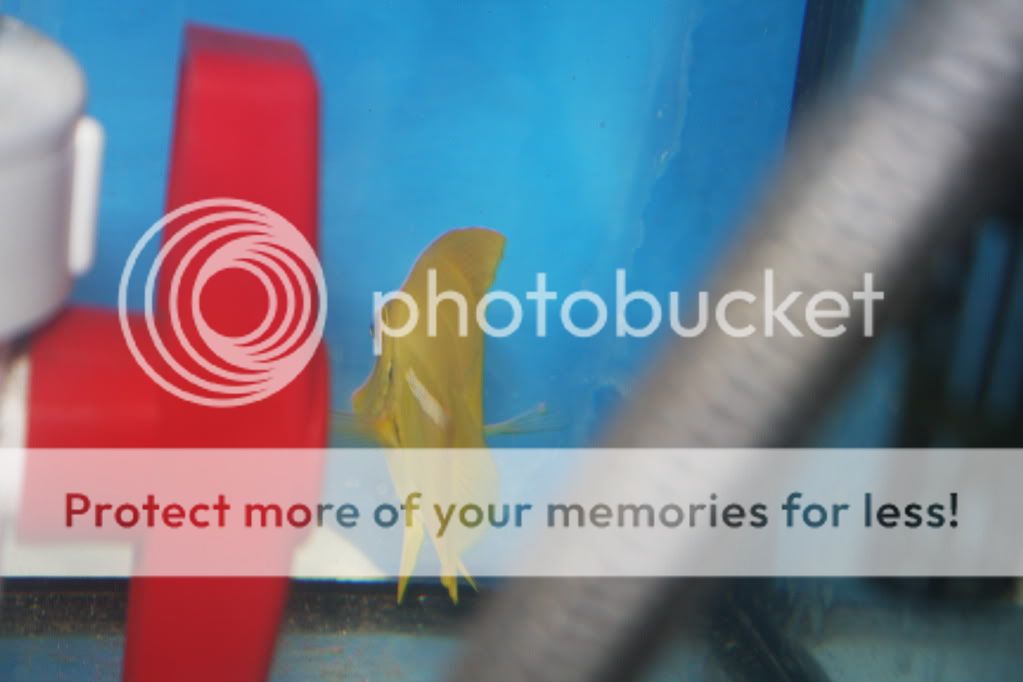Hey guys, thought I'd throw in my experience. Ich was introduced to my reef tank a week or two ago from frags (I beleive). I have a clown pair, yellow tang, powder brown, a hawkfish, 3 anthias, and 4 chromis. All fish are visually infected except the hawkfish. The two tangs are severely visually infected (the spots on them almost look like someone spilled salt on them), while the clowns are less so, and the other fish not very visually infected (meaning little to no white spots, even though I know they have it). I lost two anthias this morning, and the female clown is not looking very good. Also the other fish seem to be losing appetite. Before this point all fish had ich but were eating well, so I thought I'd let it play out and see what happened. Now that I see things have taken a turn for the worse I am considering copper treatment in a hospital tank.
I have a 29g tank and a 10g tank. Is the 29g tank large enough for the two tangs, hawk, and clowns, and the 10g large enough for the anthias and chromis, or should I purchase a 50g rubbermaid from home depot for the treatment instead? It is going to be hell catching these fish, if I even can, as my rockscape is very cavernous with lots of nooks and crannies. If I cannot catch them I am afraid I will have to watch them die off, after which I probably won't be having fish again, save a jawfish or two.
I bought and added all the fish simultaneously, like a typical noob, without quarantining. This ich makes my tank a sad thing to look at, instead of a pleasurable hobby. Luckily, this disease does not kill coral as well, or I would have already broken down the tank and sold it off (I have many frags).
Here is my QT plan, can someone give me feedback?
1) Buy 50g rubbermaid, and fill it with tank water. The lower water in the display will also make the fish easier to catch
2) Catch fish (hopefully this will be possible), and add them to the rubbermaid which has PVC hiding places
3) refill tank with fresh salt water (in effect, a 50% water change)
4) do copper treatment on rubbermaid as prescribed. Allow main tank to be fallow for 6-8 weeks (I want to be super sure here)
My questions are, do I need to remove my inverts? Obviously I know not to treat them with Cu. I've read articles on the net that say inverts can carry too, they just don't break out. This thread seems to imply the opposite (they are immune). Also, is it too late for some of my fish? The powder brown, for example, is breathing very quickly and not eating much. Same with the clown female.
I would have to wait until next weekend to do this treatment, as I am very busy during the week, and this seems like a weekend project. I hope the fish can hold out until then

.
Thanks for any advice...



